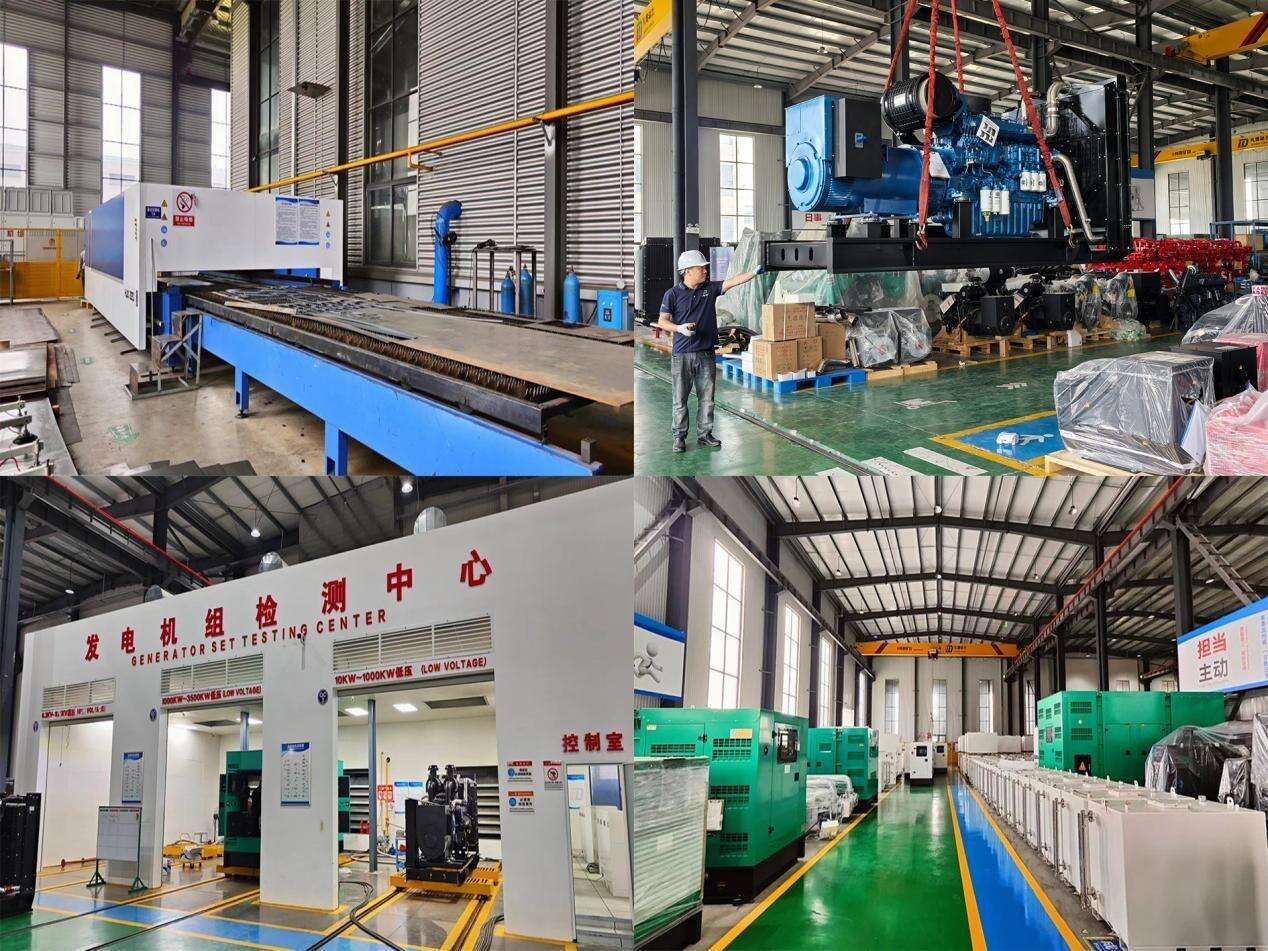Learn How an LPG Gas Generator Works First
Learning how an LPG Gas generator works before use is very important. When liquefied, LPG, an abbreviation for liquefied petroleum gas, is kept under and stored as a liquid in a tank. When used for generator operation, it converts to a gas. This generator type is characterized by several features, such as stable fuel storage and clean combustion, that must be followed accordingly. Unlike other generators, the LPG gas generators works with a fuel system made to for it’s respective safety measures. Therefore, spending some time to learn all the parts and the system is a must.
Pick the Right Place to Set Up the Generator
When placing your LPG gas generator, you have to consider safety first. First, always set it up outside. Never inside a house, garage, a basement, or any other confined space. LPG gas can build up and leak which creates a fire or gas poisoning hazard, it’s lethal and dangerous outdoors. For safety, you also need to make sure the area is properly ventilated even outside to let any little gas leaks disperse. Stay away from places with fire hazards such as stacks of wood, gas cans, or dry grass. The ground also has to be flat and solid. If the generator tips over, it can damage parts and cause fuel to leak. At the very minimum, you do need to keep it a few feet away from buildings, windows and vents to minimize the risk of gas intruding your house.
Inspect Generator Prior to Each Use
You don’t hit on numerous safety concerns by doing a quick inspection on your LPG gas generator before use. Begin by inspecting the fuel connections—hoses, valves, and fittings—for any cracks, looseness, or dry rotting, as well as leaks. Spray a light coat of soapy water on the connections; if you see any bubbling, the connection is leaking, and you shouldn’t use the generator until repair work is complete. After you get to the fuel level, make sure you have enough LPG to use, but don’t overfill the tank—spilling fuel out of the tank when the fuel is warm can cause severe damage, not to mention burns. Finally, check the generator as a whole, looking for any missing wires, loose screws, or filthy components. If you see any of these, the generator needs to be serviced by an expert before use.
Correct steps of starting and stopping the LPG gas generator must be adhered to as it will ensure the safety of the user as well as the machine. Turn all the switches to the “off” position and then gently open the fuel valve. Opening it too quickly will result in the generator's gas surging. Give the gas a few moments to fill in the system and then proceed to turn the ignition switch or pull the starter cord (this will depend on the model of the generator). There should be a low speed run for about one to two minutes to warm the machine before using it on any accessory. As for stopping, all the devices that are connected to the generator must be turned off. There should then be a waiting period where the machine can cool down. After that the fuel valve should be closed and the ignition switch turned off. One important note is to avoid sudden stopping of the generator which is powering heavy loads as it will damage the generator significantly.
Maintain Fuel Safety
It is critical to know which practices to observe when using an LPG gas generator. Always troubleshoot an LPG tank before use. Never use a tank that is rusting, dented, or has a valve that is damaged. When attaching the tank to the generator, the connection has to be secure but not over squezzed, as this easliy bulges the threads. Smoking or any open flames, be it lighters or candles, especially around the generator or the LPG tank is a big no-no. Even a miniscule spark can be detrimental to gasses that are leaked. Also, the LPG generator is to be turned off, before any tank can be removed. The regulator valve has to be closed before disconnecting the old tank.
Extra LPG tanks are kept where there is ample open space, with the tank upright. The tank also has to be away from direct sunlight. Heat sources, as well, such as stoves or bomb fires, should not be around. Even the grazing sunlight is something that should be avoided. It is also not recommended to stack tanks. Individual tanks must be kept secure so that the tank does not tip over.
Keep an Eye on the Generator While It’s Running.
Keeping an eye on an LPG gas generator while it works is something you should take seriously. Make certain you can hear the generator to identify serious operational issues such as strange sounds, gas or odors of smoke. If you identify gas when the generator is on, switch it off instantly, close the fuel valve, and distance yourself. Let the gas settle and check strategically for gas leaks as you did previously. Make sure you check the temperature. If the generator becomes too hot, switch it off until it cools down. Plugging too many devices at once is also a bad idea. Every generator has a power limit, carefully read the manual, stick to the limit, and avoid overloading the generator. The generator could overheat, severely damage the engine, or even start a fire.
Do Regular Maintenance
Regular maintenance keeps your LPG gas generator operating in a safe and seamless condition for a long period of time. Try to stick to the maintenance schedule in the generator manual. This inevitably involves changing the oil, cleaning or changing the air filter, and checking the spark plug. Depending on the manual, dirty oil or oil that has been in a generator for a long time should be changed every few months. Dirty air filters should be replaced. If they can still be cleaned, they should be taken out and cleaned. A spark plug should be checked for either wear or dirt. If a spark plug is in bad condition, the generator will either start poorly or operate with a rough idle. Remember to also clean the generator to avoid dirt, dust, and debris removal that can cause overheating.
If you cannot complete any maintenance task, contact a professional for an answer.
Being Prepared for Emergencies
Even when all prevention measures are taken, emergencies are still bound to occur; Hence, knowing what to do at that very moment is crucial. For example, if there is a fire as a result of an LPG gas generator fire, and if it is safe to do so, turn the fuel valve off. If the fire is too large to control, do not be afraid to call the fire brigade and move to a safe location. In the instance that a person starts to feel unwell due to gas exposure, for instance, feeling dizzy, nauseated, or having a difficult time breathing, they should be removed to an open area at once, and medical assistance should be called for.


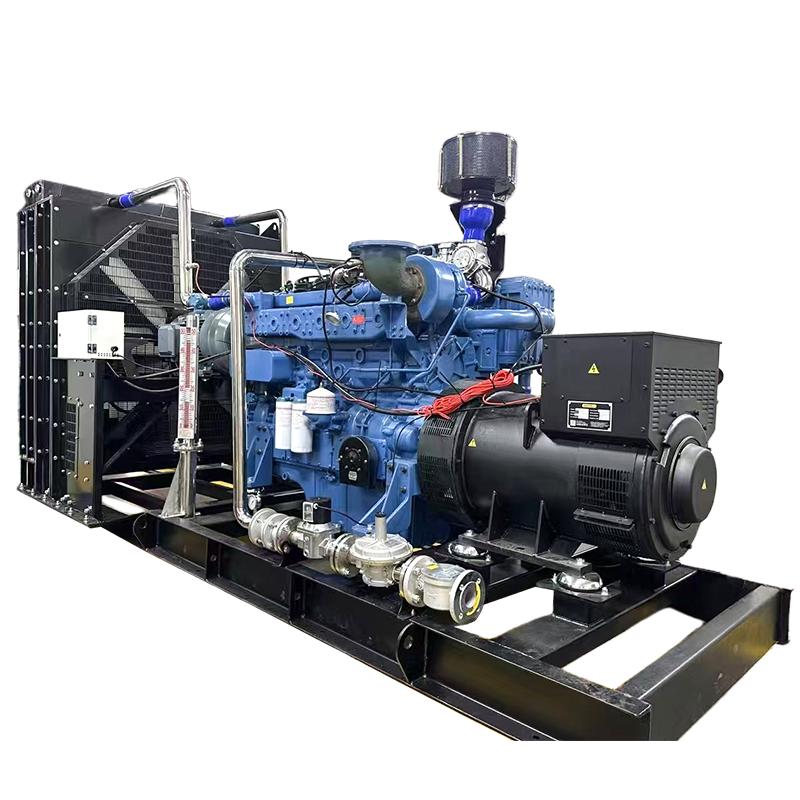
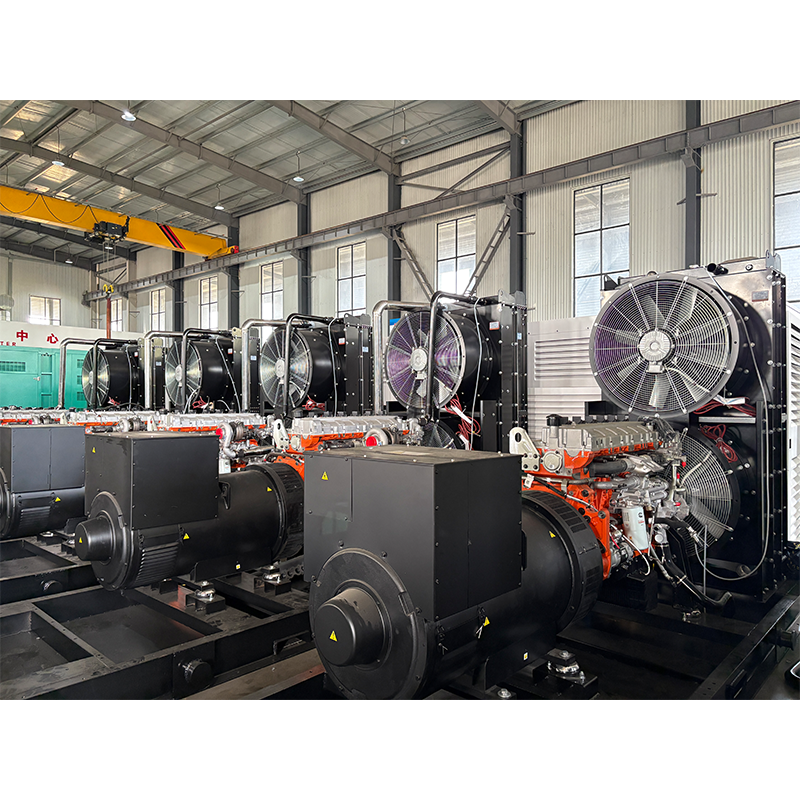
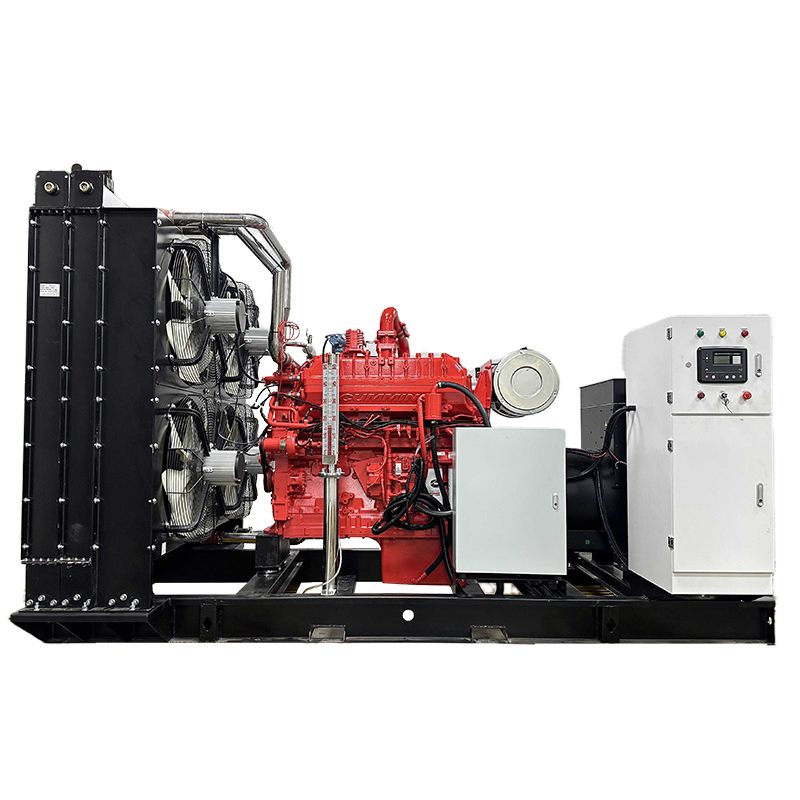

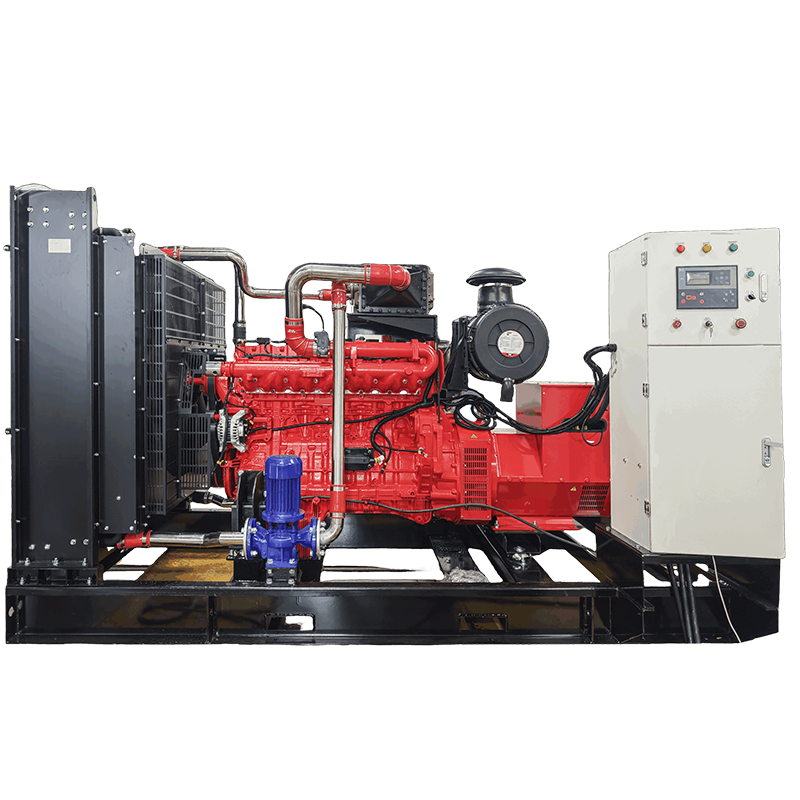
 Hot News
Hot News